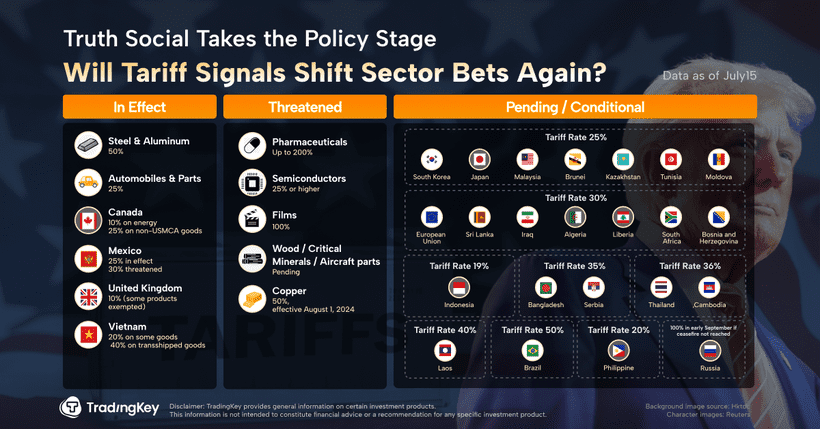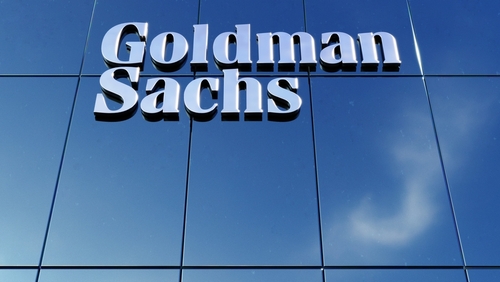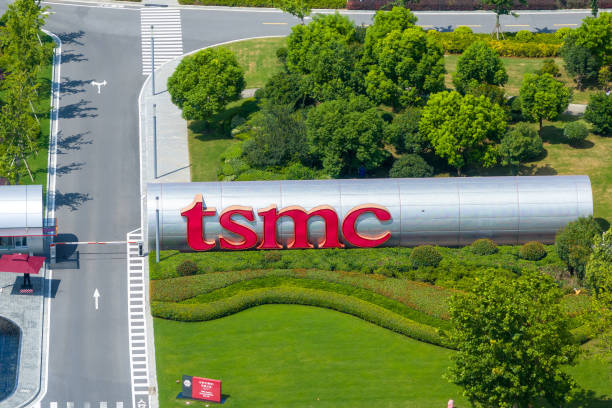BREAKINGVIEWS-Trump can turn Huawei into an Nvidia nightmare

By Robyn Mak
HONG KONG, July 15 (Reuters Breakingviews) - Who can take on Nvidia NVDA.O? The $4 trillion giant has a seemingly untouchable global lead in artificial intelligence chips and software. But Donald Trump could yet hand Chinese rival Huawei an edge – and easily kill Nvidia’s remaining business in the People’s Republic – by widening export controls.
The company appeared to score a victory on Tuesday, revealing that it plans to resume sales of its H20 chip in the People’s Republic days after its CEO met the U.S. president. Jensen Huang is in Beijing and, per the Financial Times, plans to meet with Chinese Premier Li Qiang. That such a high-level meeting is happening in the thick of Trump’s trade wars underscores the deep ties between the world’s most valuable company and the world’s biggest semiconductor market. Unsurprisingly, Huang’s China trip – his second this year – has attracted scrutiny from U.S. lawmakers.
A lot is at stake for Nvidia. It will soon launch a China-specific AI graphics processing unit, according to Reuters, but one that will be cheaper, and probably less powerful, than its predecessor to comply with Washington’s latest restrictions. Even so, a pared-down Nvidia GPU should still be in high demand. That’s because it will probably take a few years before local offerings from Huawei, MetaX and others catch up.
And even then, Nvidia has another formidable edge: its freely available programming platform, CUDA, which developers worldwide use to develop and collaborate on AI models, frameworks and apps optimised to run on Nvidia hardware. That makes it hard and costly for existing customers including China’s Alibaba 9988.HK and Tencent 0700.HK to switch chip suppliers, a move that requires rewriting code and retraining staff, though Huawei is planning a new chip design that will make it easier to transfer from CUDA, per The Information.
This helps to explain why Chinese authorities are so wary of Nvidia’s growing dominance: last year, the market regulator announced it is investigating the U.S. group over suspected antitrust violations. Although President Xi Jinping’s government wants domestic companies to buy local as part of a self-sufficiency drive, China’s groundbreaking models from DeepSeek and others are mostly trained on Nvidia chips.
That suggests the U.S. company can thrive in the People’s Republic for quite some time to come. Indeed, Nvidia’s China revenue is forecast to reach $48 billion in the current fiscal year – or 24% of the total – and $55 billion the year after, up from $17 billion last year, according to analyst estimates on Visible Alpha.
Yet Trump’s policies could further cut short the company’s runway for growth. The Commerce Department, for instance, is planning new rules to restrict shipments of AI chips to Malaysia and Thailand to crack down on suspected smuggling, Bloomberg reported earlier this month, citing sources. And beyond chips, export controls could in theory widen to include AI software too, or specific CUDA-based applications. Such policies would turn Huawei from an underdog into a much bigger threat for Nvidia.
Follow Robyn Mak on X.
CONTEXT NEWS
Nvidia on July 15 said that it plans to resume sales of its H20 artificial intelligence chips to China and announced a new, fully compliant graphics processing unit for the country.
U.S. Republican Senator Jim Banks and Democratic Senator Elizabeth Warren have sent a letter dated July 11 to Nvidia Chief Executive Jensen Huang warning him to refrain from meeting with companies that are suspected of undermining U.S. chip export controls and blacklisted entities.
Huang is planning to meet top Chinese officials including Premier Li Qiang and Vice-Premier He Lifeng as part of his trip to Beijing for the International Supply Chain Expo which starts on July 16, the Financial Times reported on July 10, citing people with knowledge of the plans.
Nvidia will launch a new artificial intelligence chipset for China that will be part of its latest generation Blackwell-architecture AI processors, Reuters reported on May 26, citing sources. The chip, which is set to go into production in September, will have a lower price than its predecessor, the H20, reflecting weaker specifications.
In April, the United States effectively banned the export of the H20 chip to China, resulting in Nvidia having to write off $5.5 billion in inventory.






